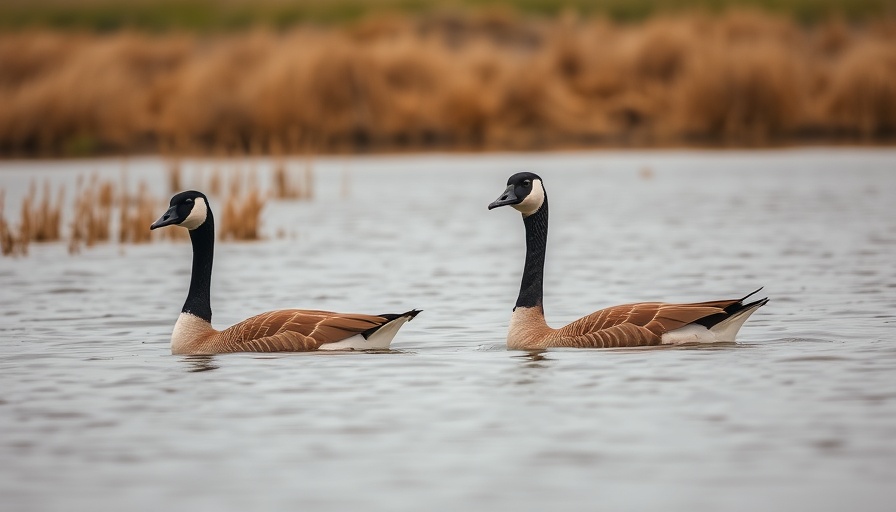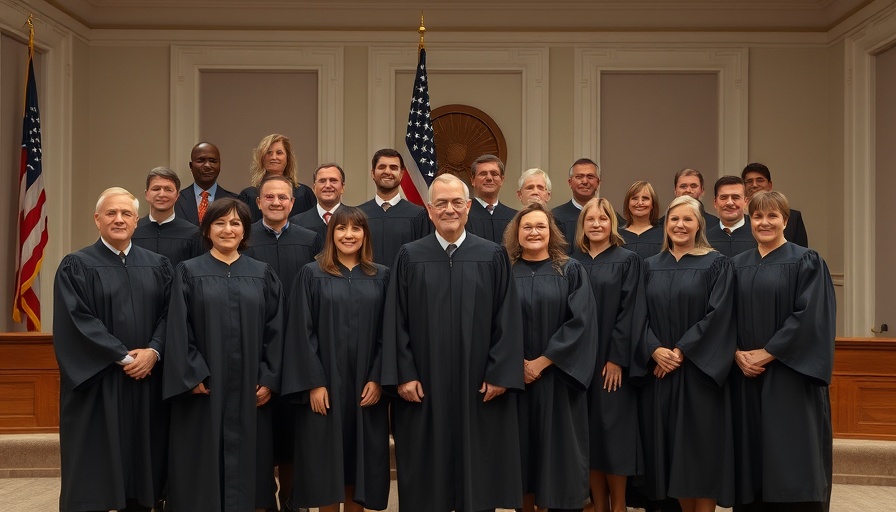
Residents Unite to Save Michigan’s Canada Goose Population
In Michigan, a passionate group of residents from Oakland and Livingston counties is rallying to protect the state’s Canada goose population from what they see as cruel euthanasia methods employed by the Michigan Department of Natural Resources (DNR). The community gathered at 7 News Detroit's "Let's Talk" event, where attendees voiced their concerns about a practice they believe should be stopped for its inhumanity.
Calls for Change: The Scientific Perspective
Advocates like Karen Stamper argue that there is no substantial research or environmental impact studies backing the decision to gas geese. Stamper, a resident of Commerce Township, expressed her deep concerns, stating that the gassing method is not only brutal but also scientifically unjustified. According to her, “there are many non-lethal alternatives that could potentially deter the geese without resorting to such extreme measures.”
Supporting her claims, Larry Carsell, another resident actively involved in goose advocacy, highlighted the severe and inhumane implications of gassing. His experience rescueing injured geese has given him insight into their natural behaviors, including their ability to hold their breath for extended periods, thus prolonging their suffering during euthanasia.
The DNR's Stance: A Last Resort
Kaitlyn Barnes, a wildlife biologist with the Michigan DNR, acknowledged the serious concerns raised by residents. She explained that the DNR would typically consider euthanasia a last resort, only under specific conditions. In the wake of the high-path avian influenza outbreak in 2022, the DNR has stopped relocating geese to avoid spreading disease, further complicating the situation for local advocates. “We very strongly recommend that sites are trying a lot of other non-lethal methods before we get to this point,” said Barnes.
Understanding Community Sentiment
An essential element of this discussion centers around community consensus. The DNR stipulates that 70% of residents must support geese capture for gassing to proceed, yet many, including Stamper and Carsell, are questioning the validity of how this consensus was gauged. They argue that older petitions are being misused and that current sentiment may not accurately represent the community's views.
Exploring Non-Lethal Alternatives
During the recent discussions, advocates shared various non-lethal alternatives that could help manage the goose population while respecting their lives. Strategies such as habitat modification, sterilization, and employing noisemakers to deter geese from frequent residential areas were highlighted as more humane options. “There’s a lot to be done that doesn’t involve killing,” emphasized Stamper.
Connecting with Local Lawmakers
As the movement gains traction, Stamper has vowed to take her advocacy further by reaching out to state lawmakers to implement protections for the geese. Activists believe that by building relationships with local representatives, they can influence policy decisions that favor humane treatment over gassing. The sentiment is echoed by community members who wish to prioritize coexistence with local wildlife.
Community Action and Awareness
The push to protect Michigan’s Canada geese highlights a broader societal concern regarding animal welfare and the ethics of wildlife management. Engaging the public through educational webinars and community discussions not only raises awareness but also ignites local action and advocacy. Residents are urged to participate in upcoming meetings, making their voices heard in the decision-making processes that affect their wildlife.
Conclusion: The Importance of Humane Wildlife Management
As debates continue regarding the future of Michigan’s Canada goose population, the community's involvement will be crucial. Advocates remind the public that with humane wildlife management, communities can work together to ensure a balanced ecosystem that respects all creatures. By pushing for reforms, residents are not just saving geese; they are pioneering a new standard for wildlife management that prioritizes compassion.
 Add Row
Add Row  Add
Add 




 Add Row
Add Row  Add
Add 

Write A Comment